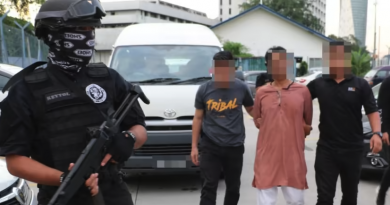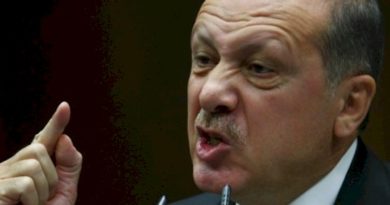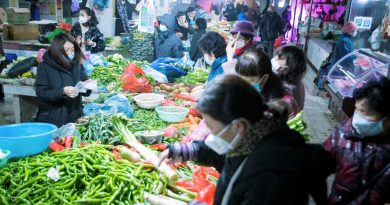Sri Lankan parties seek interim govt with new PM as IMF talks loom
Colombo (Reuters) – Three political parties that recently withdrew from Sri Lanka’s ruling coalition have proposed forming an interim government with a new prime minister replacing President Gotabaya Rajapaksa’s older brother, they said on Monday.
Facing an economic crisis and dragged down by debt, the island nation of 22 million people is running short of power, fuel, food and medicines due to a lack of foreign exchange for imports. It has reached out to the International Monetary Fund (IMF) and countries such as India and China for urgent financial help.
Prime Minister Mahinda Rajapaksa called for patience and announced the reinstatement of a critical fertiliser subsidy for farmers.
“The president and I are spending every moment to formulate solutions on how to get Sri Lanka out of this current crisis,” he said in a televised address, as protesters camped outside the president’s office for the third consecutive day.
President Rajapaksa dissolved his cabinet last week and called for a unity government to help tackle the crisis, as 41 lawmakers walked out of the ruling coalition to become independents in the 225-seat parliament. The government has said it retains a majority in the house.
Three parties represented by 16 of the lawmakers told reporters that they had met the president and the prime minister and that more talks were scheduled for Tuesday.
“The main proposal is to have an all-party committee to make key decisions and the appointment of a new prime minister and a limited Cabinet,” said Udaya Gammanpila, chief of the Jathika Hela Urumaya party.
“We want this before a new election. We have to reverse shortages and stabilise the economy.”
Sri Lanka’s next parliamentary election is not due until 2025.
The Sri Lanka Freedom Party (SLFP), with 14 lawmakers, said the independents would speak with other political parties to come to a consensus, as the government prepares to hold loan discussions with the IMF next week.
“Talks with the IMF will need a stable government capable of implementing clear policies,” SLFP General-Secretary Dayasiri Jayasekera said. “This is necessary to repair the economy and bring relief to the people.”
Fertiliser Subsidy
In his address, the prime minister said the government would reintroduce a critical fertiliser subsidy to assist farmers who have been hit by crop losses after a ban on chemical fertilisers last year.
“This is not the time to move farmers to total organic fertilisers,” he said.
Sri Lanka typically allocates about 36 billion Sri Lankan rupees ($114 million) for fertiliser subsidies, according to the agriculture ministry, which supports over 2 million farmers.
The government suspended the fertiliser subsidy last year in an attempt to shift Sri Lanka’s agriculture completely to organic farming, which drew heavy criticism from farmer unions, opposition politicians and academics.
Sri Lankans holding street demonstrations for more than a month have focused their anger on the Rajapaksa dynasty. The president has already dropped his brother Basil Rajapksa as the finance minister, while his nephew quit as the sports minister last week along with other members of the cabinet.
“We are working to resolve power cuts and shortages of fuel, cooking gas and medicines as much as possible in the next few days,” Prime Minister Rajapaksa said.
The government is now looking for external assistance of about $3 billion over the next six months to help restore supplies of essential items. It is also seeking to restructure international sovereign debt and seek a moratorium on payments.
J.P. Morgan analysts estimate Sri Lanka’s gross debt servicing would amount to $7 billion this year, with a current account deficit of around $3 billion. The country held $1.9 billion in foreign reserves at the end of March.
($1 = 315.0000 Sri Lankan rupees)



